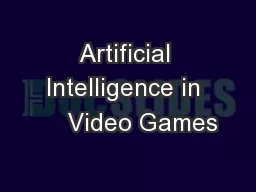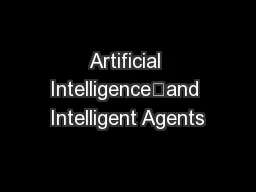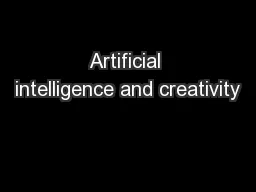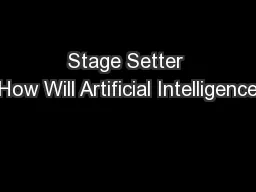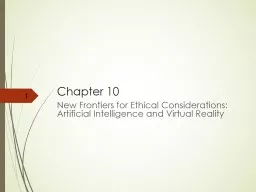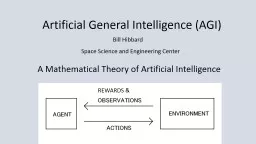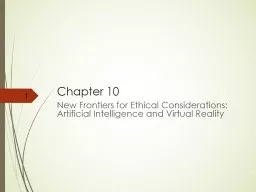PPT-Artificial Intelligence Introduction to Artificial Intelligence (AI)
Author : williams | Published Date : 2023-10-28
Many applications for AI Computer vision natural language processing speech recognition search But games are some of the more interesting apps Games need opponents
Presentation Embed Code
Download Presentation
Download Presentation The PPT/PDF document "Artificial Intelligence Introduction to ..." is the property of its rightful owner. Permission is granted to download and print the materials on this website for personal, non-commercial use only, and to display it on your personal computer provided you do not modify the materials and that you retain all copyright notices contained in the materials. By downloading content from our website, you accept the terms of this agreement.
Artificial Intelligence Introduction to Artificial Intelligence (AI): Transcript
Download Rules Of Document
"Artificial Intelligence Introduction to Artificial Intelligence (AI)"The content belongs to its owner. You may download and print it for personal use, without modification, and keep all copyright notices. By downloading, you agree to these terms.
Related Documents


